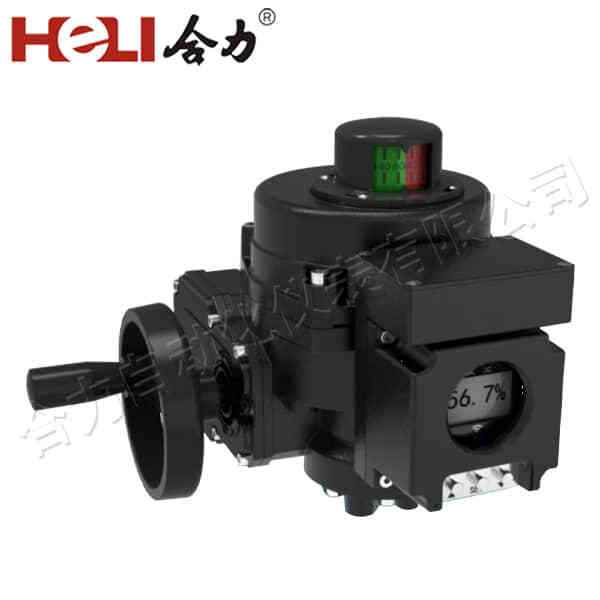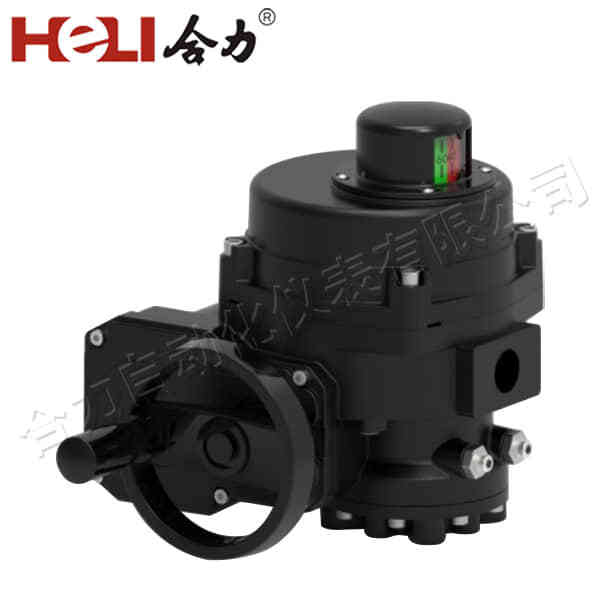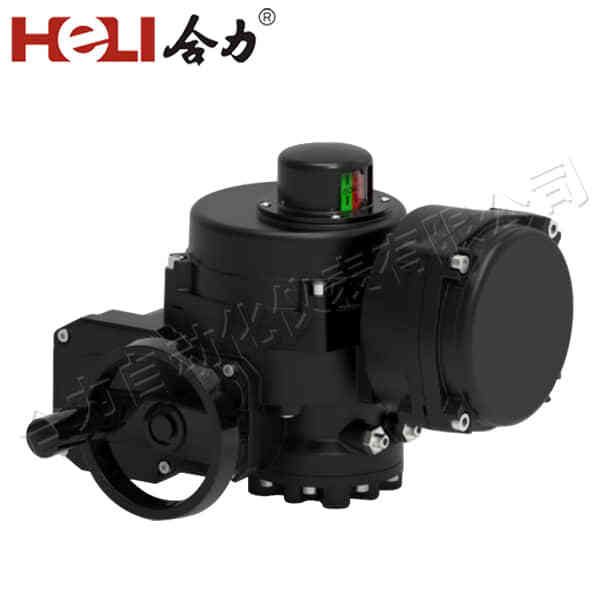Electrical installation is a critical aspect of modern construction and infrastructure. Whether it’s a residential, commercial, or industrial building, proper electrical installation ensures the safe and efficient distribution of power throughout a structure. In this article, we will explore the key elements of electrical installation, the importance of adhering to safety standards, and the role it plays in maintaining a reliable and functional electrical system.

Understanding Electrical Installation

At its core, electrical installation involves the setting up of an electrical system that provides power to various devices and appliances. It encompasses everything from wiring and circuit breakers to switches, outlets, and the main power supply. The process of electrical installation is not just about placing wires and fixtures; it requires careful planning, adherence to electrical codes, and precise execution to avoid potential hazards like electrical fires, electrocution, and power outages. Key Components of Electrical Installation Wiring and Cabling One of the fundamental aspects of electrical installation is wiring, which involves laying down electrical cables to connect various parts of the building to the main power supply. The wiring should be done according to load requirements and the type of circuits in use. For example, heavy-duty appliances like air conditioners require thicker cables to handle high current, while light fixtures may use smaller wires. The quality and proper installation of the cables are essential for ensuring long-term reliability and safety.
